Gardening in the UK can be a delightful pastime, but not everyone is inclined to spend every weekend knee-deep in garden beds. For those who prefer a more laid-back, therapeutic approach, there are a variety of plants that thrive in the UK climate with minimal fuss. These are those; our 7 low-maintenance plants that are perfect for the British gardener who wants to enjoy a beautiful garden without the back-breaking work.
Low Maintenance Plants For Beautiful British Gardens Without The Back Breaking Work
Lavender (Lavandula)


A staple in British gardens, lavender is beloved for its fragrant purple blooms and attractive silvery-green foliage. It thrives in the full sun and well-drained soil typical of the UK’s drier regions. Once established, lavender is remarkably drought-resistant, requiring watering only during prolonged dry spells, which are becoming more common in UK summers due to climate change.
Pruning is best done in late summer, after flowering, or in early spring, cutting back the previous year’s growth to maintain a compact shape and promote vigorous blooming in the coming season.
Sedum (Stonecrop)
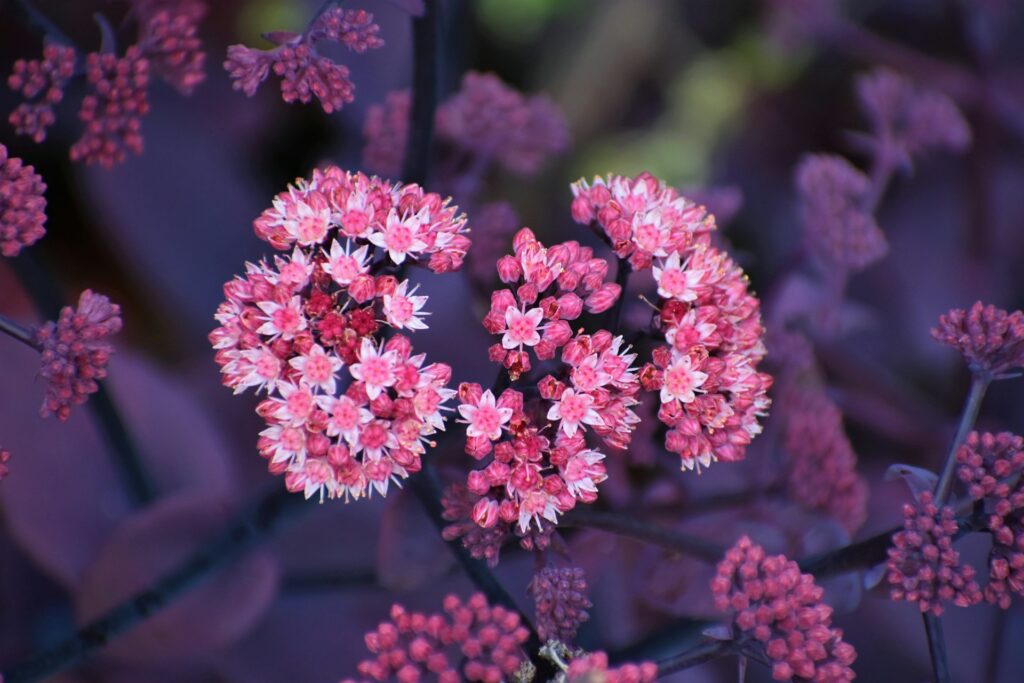
A low maintenance plant if ever there was one, Sedum is a succulent that has found a happy home in many UK gardens. It’s particularly undemanding, requiring little attention once it has settled in. Sedums are drought-tolerant and can cope with the UK’s variable weather, from the wet, mild winters to the increasingly warm summers. They prefer well-drained soil and can manage in nutrient-poor conditions.
With varieties that range from low-growing ground covers to taller, clump-forming types, sedums offer late summer to autumn interest when they burst into star-shaped flowers, attracting bees and butterflies. They require little more than the occasional tidying up of dead stems in spring.
Heuchera (Coral Bells)
Heuchera is a fantastic choice for year-round colour with minimal effort. In the UK, these plants can grow well in both sun and partial shade, although their foliage is most vibrant with some sunlight, which isn’t a problem during the long days of the British summer. They prefer well-drained soil and are relatively drought-tolerant once established, which is ideal for the drier areas of the UK.
Heucheras are largely pest-free and can be divided every few years in spring or autumn to rejuvenate the plant and spread the joy around your garden.
Hostas
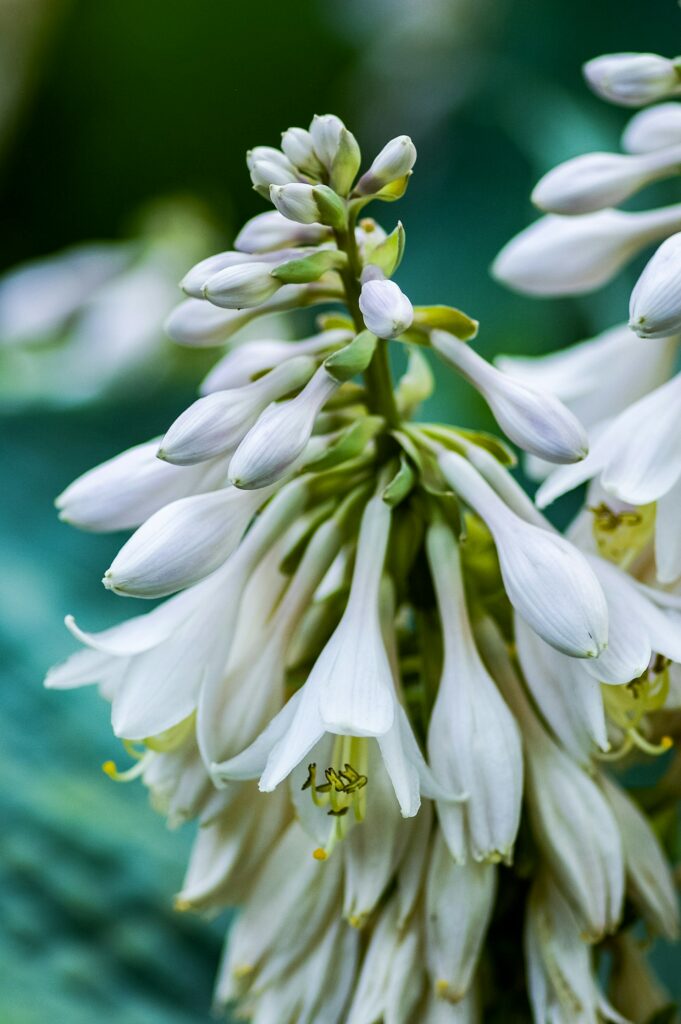
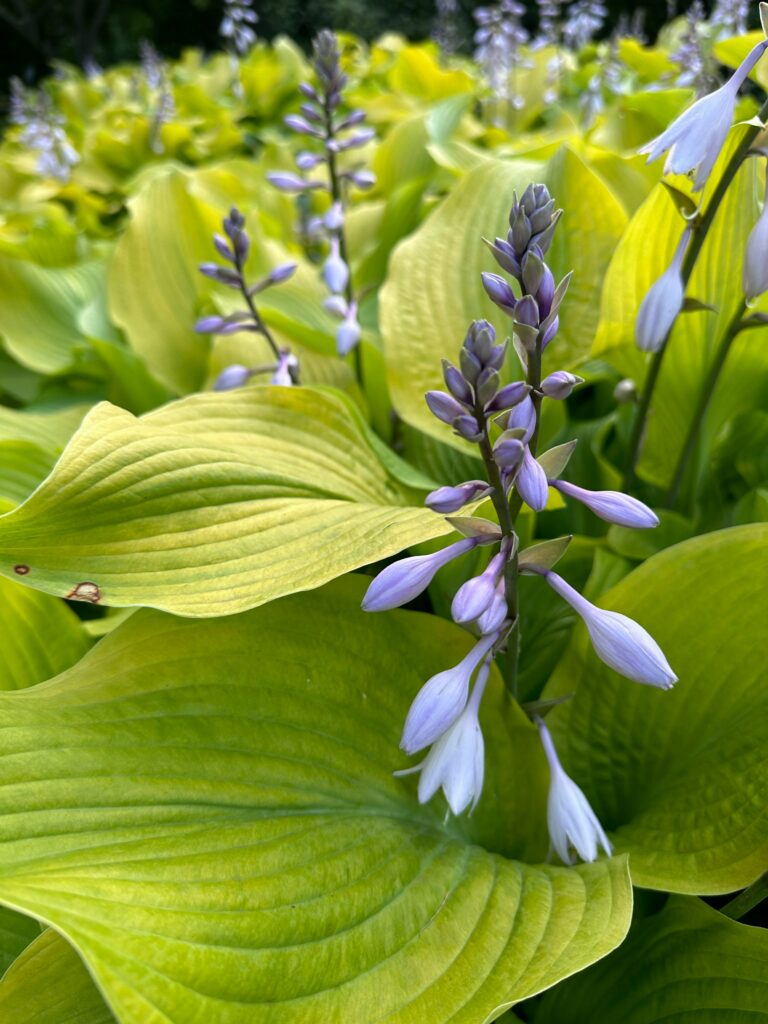
Hostas are a favourite for shady British gardens. They thrive in the dappled light beneath trees or on the north side of buildings. Their foliage comes in a variety of colours and patterns, and they require little care beyond the occasional watering during dry periods, which are more common in the southeast of England.
In the UK, slugs can be a problem, but this can be managed with organic slug pellets or barriers such as raised beds. Hostas can remain undisturbed for years, but if they become too large or you wish to propagate them, divide them in spring or early autumn.
Ornamental Grasses


Ornamental grasses are a versatile group that includes species like fescue, blue oat grass, and maiden grass. They are well-suited to the UK’s temperate climate and can tolerate a range of soil conditions.
These grasses require little maintenance, with an annual cutback in early spring to remove old growth being sufficient. They are not typically bothered by pests or diseases and can provide structure and interest throughout the year, even in winter when frost highlights their form.
Marigolds (Tagetes)

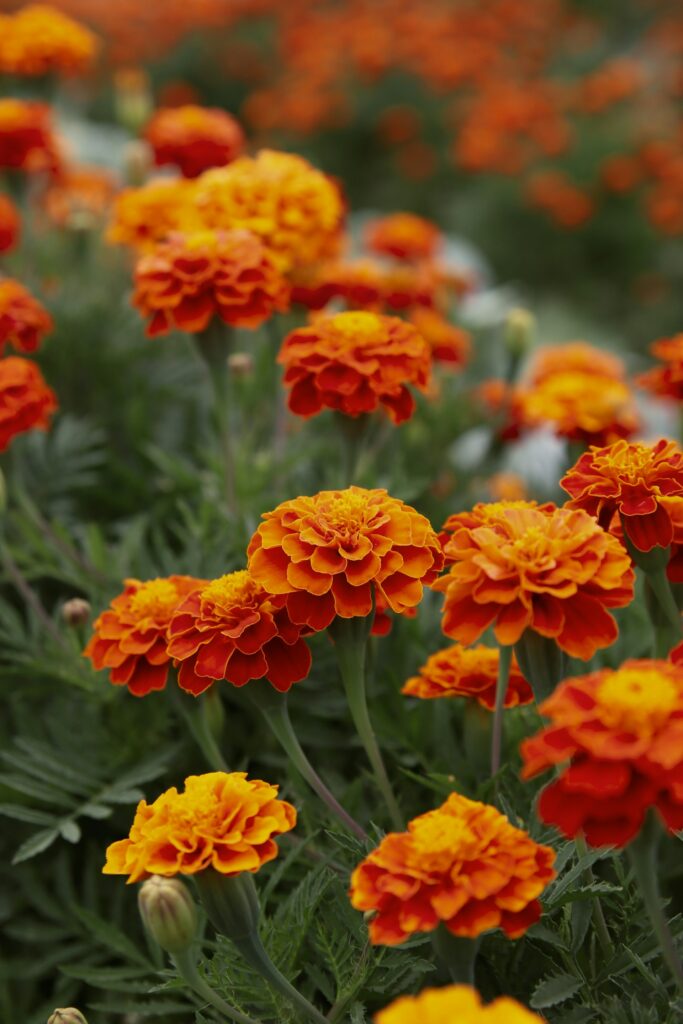
Marigolds are a cheerful addition to any UK garden, blooming from early summer until the first frosts, which in the UK can be as late as November in some years. They are tolerant of most soil types and do not require fertilisation.
Deadheading the spent blooms will encourage more flowers, but even without this, marigolds are prolific bloomers. They are also known to deter common garden pests, making them a practical choice for vegetable gardens or near susceptible plants.
Shrub Roses

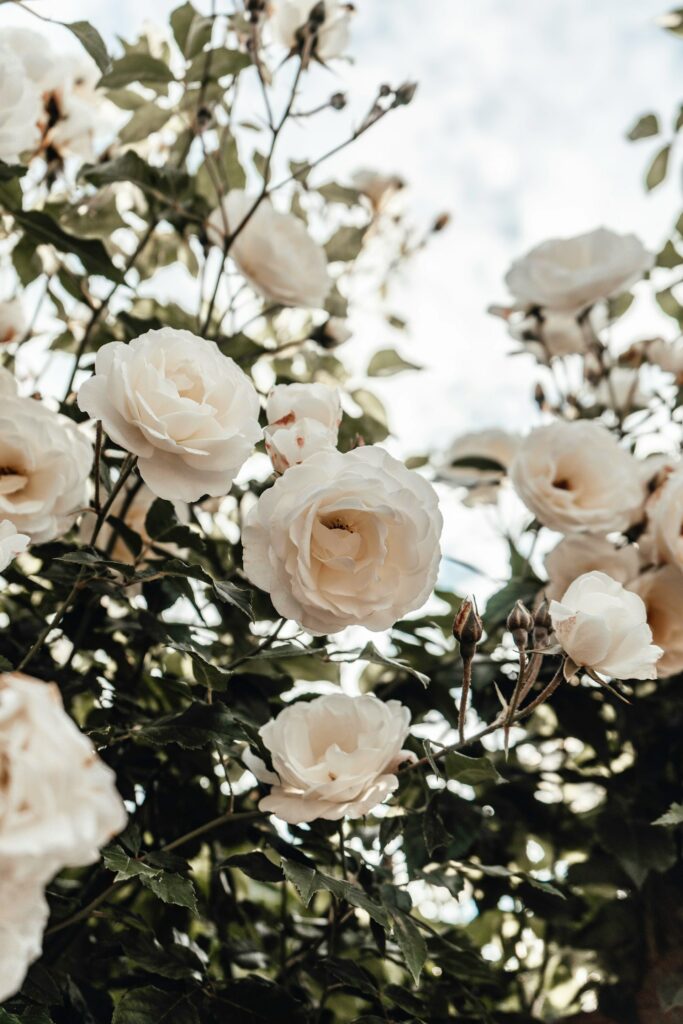

Modern shrub roses are ideal for the British gardener looking for easy-care elegance. These roses are bred for disease resistance and continuous blooming, often without the need for deadheading. They can adapt to a variety of soil conditions and require less pruning than traditional roses. In the UK, it’s best to prune shrub roses in late winter or early spring, removing dead or diseased wood and shaping the plant.
Once established, they are drought-tolerant and will provide a stunning display of flowers from late spring to the first frosts.
The Bottom Line
By choosing these low-maintenance plants, British gardeners can create a garden that’s both beautiful and easy to care for. These plants are well-suited to the UK’s climate and gardening traditions, allowing you to enjoy your outdoor space with minimal effort. Whether you’re a gardening novice or simply prefer a low-maintenance approach, these plants will ensure your garden is a haven of tranquillity with little work required.





